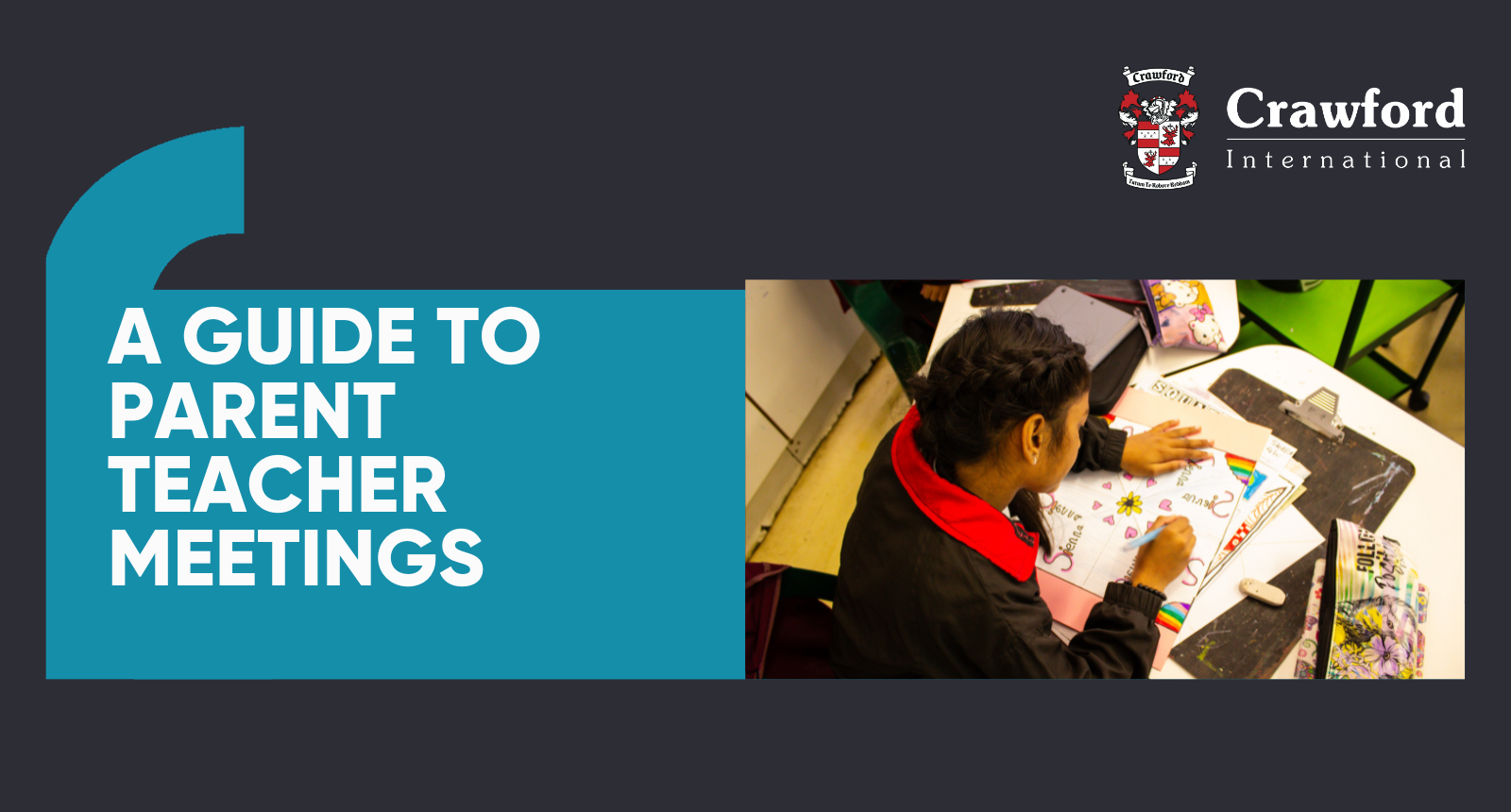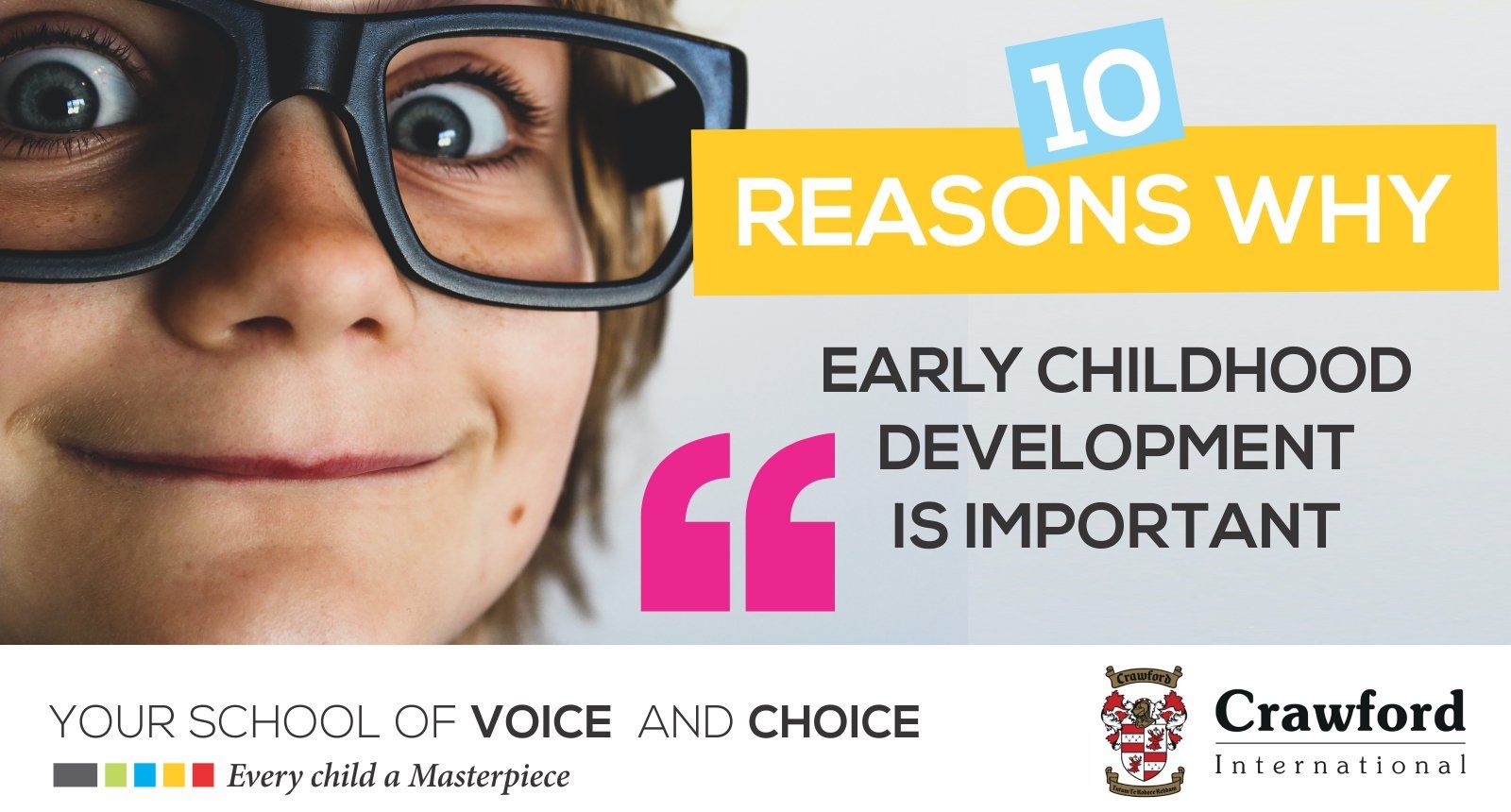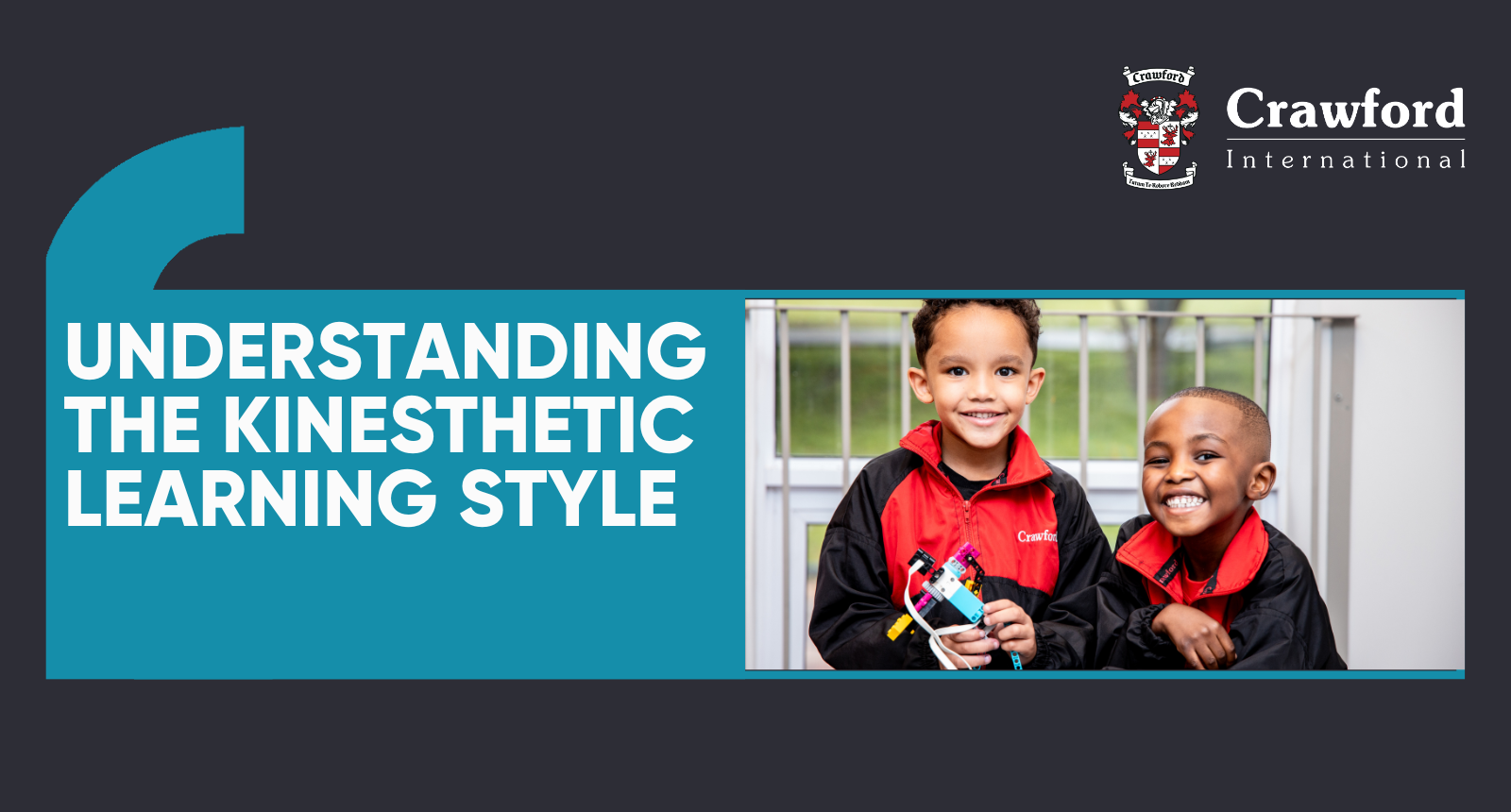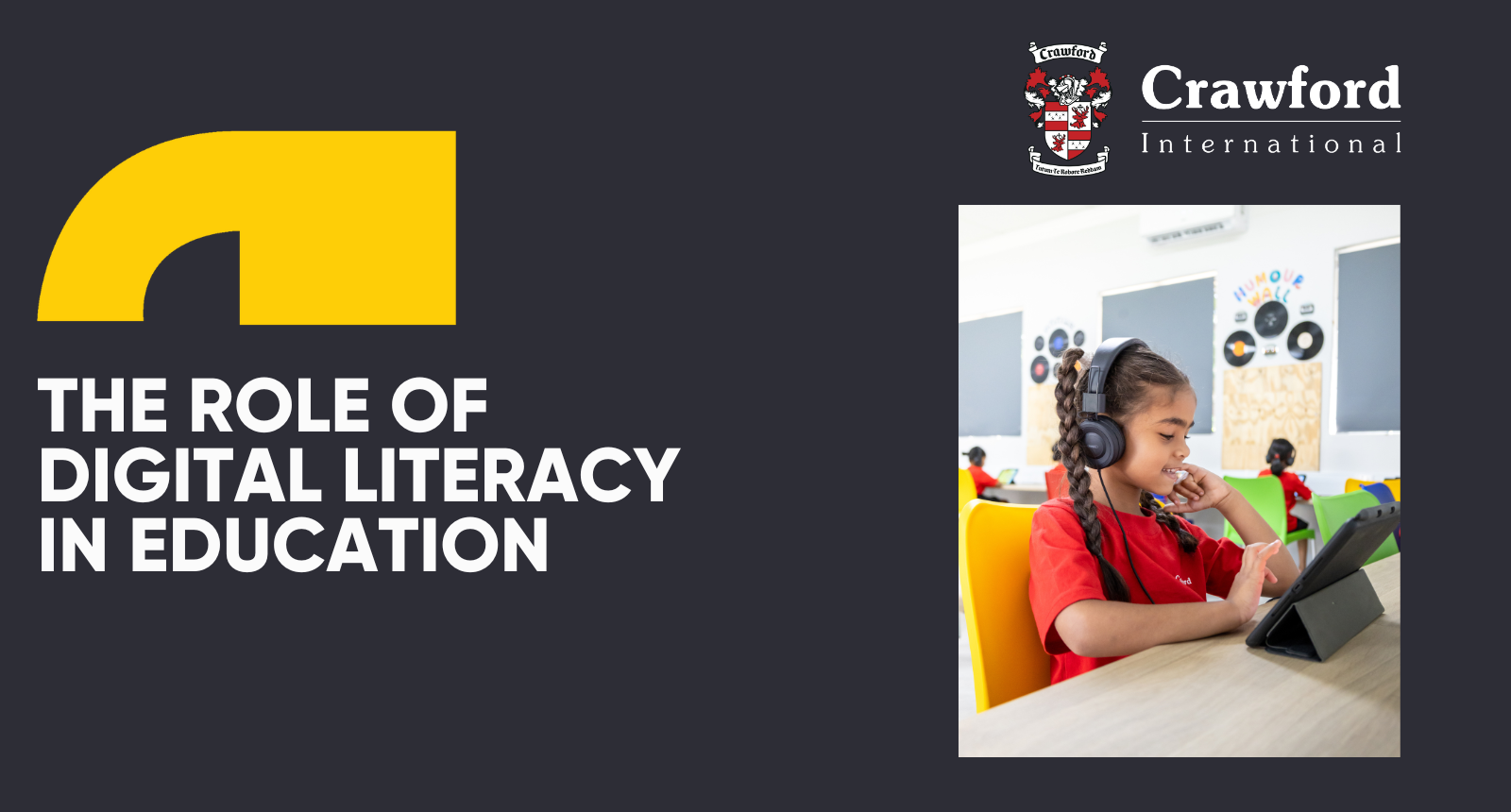10 steps for raising assertive children
May 5, 2023
Assertive communication is all about confidently and respectively expressing yourself. Here’s why it’s a must-have skill for your child.

Of the three basic styles of communication – assertive, aggressive, and passive – assertive communication is the healthiest and most effective way to express opinions, thoughts, and feelings. It’s not about dominating anyone, nor is it about feeling too scared to express yourself. Rather, assertive communication is about calmly and confidently expressing yourself while respecting other peoples’ views – it is direct but not offensive. And it’s an important skill to teach your child.
The benefits of assertive communication
Being an assertive communicator means you can stand up for yourself, confidently articulate yourself, and show respect for others. The benefits in being able to communicate this way are hugely positive. Assertiveness in kids mean they:
- Identify feelings and are able to express them freely.
- Speak up for themselves and others.
- Are not afraid to defend their opinions.
- Can take criticism in a constructive way.
- Feel in control and empowered.
- Stand up to bullying.
- Can disagree with others respectfully.
- Can negotiate with others to find win-win solutions.
- Say no without feeling bad about it.
- Grow in confidence and self-esteem.
- Build strong, healthy relationships and friendships.
- Gain the respect of others.
Assertive communication for kids
Very few people are born with assertive communication skills, and many of us develop ineffective communication skills as a way to get ourselves heard or to avoid conflict. However, it’s important to teach your child positive, healthy ways to express themselves, as children who lack assertiveness could end up developing the same ineffective communications skills. You’ll notice this when they:
- Can’t tell you what they think or feel, or even what they need.
- Feel ignored by you, friends, or teachers.
- Feel like they have to do things instead of wanting to do them.
- Use force or aggression to get what they want or need.
- Passive communication and lack of self-assertion may be perceived in individuals who don't advocate for their own needs.
Luckily assertiveness is something you can help your child learn through practice and support. Here are 10 tips to help:
1 Talk about communication
Have a chat with them about what communication is and the differences in effective and ineffective communication. A good way to do this is through roleplaying. For example, play out a single scenario through three different styles:
Passive: I wish I could play soccer with those kids.
Aggressive: Give that ball now, I want to play with it!
Assertive: Your soccer game looks like fun, could I join in?
2 Teach them what it looks like
Remember to include non-verbal communication too. When communicating assertively, there’s body language that conveys confidence and respect along with the words that are spoken. These are:
- Making and keeping eye contact.
- Using a confident tone of voice – not too loud or too soft.
- Standing or sitting up straight with good posture.
- Using neutral facial expressions that match up with what you’re saying. Telling someone you love them with a big frown on your face is confusing, for instance.
3 Be creative
If your child is still very little, you can use animals to represent the three styles. A turtle or mouse could represent passive communication, running and hiding away. A tiger or lion could represent aggressive communications, roaring loudly to get himself heard. And assertive communication be an owl, who wisely and calmly speaks up.
4 Build a foundation of emotional intelligence (link to EQ)
Effective communication has a lot to do with being able to recognise and speak about feelings. This involves emotional intelligence, or EQ, which really just means having emotional intelligence. Read the blog article on EQ and teaching your child emotional awareness and resilience, coping mechanisms, and empathy.
5 Know your boundaries
Because assertiveness has a lot to do with standing up for yourself and for others, it’s important that your child knows and understands their own boundaries. These are the ones that just should not be crossed – whether it’s the physical space around our bodies, or the things that hurt their feelings. Knowing what these individual boundaries are means we can say no assertively.
Being able to do this helps to keep their minds and bodies safe, support others and their boundaries. So, it’s okay to not want to hug anyone hello, but there is a way to let others know about this in a way that isn’t hurtful. It’s okay that your friend doesn’t want to share their book, but they can let you know that in a way that’s respectful.
Simply put, assertiveness involves considering what other people need but never at the expense of others.
6 Use “I statements”
Using a simple formula goes a long way in creating effective communication, and the “I” statement is a great example. It goes like this: “I feel (insert feeling) when you (insert action or behaviour). I would like to (insert resolution or request).” For example, “I feel angry when you don’t share your toys with me. I would like to take turns so that we each get to play.” You could also use “I” statements to communicate positive things, like, “I feel so loved when you give me a surprise hug. I would like to cuddle a bit more.”
7 Know how to listen
Active listening is an important part of assertive communication. It means that you are giving your undivided attention to what is being said, you are listening not just to what is being said but to the meaning behind it all, and that you don’t interrupt or simply listening for the sake of it. To practise this skill, tell the other person what you heard them say before you respond with anything else. This is especially helpful in for example, “You don’t want to wear the blue shorts today, I hear you.” Doing this helps your child feel like their opinion matters, and that even though they can’t always get their way they can provide their input.
8 Use resources
Look for books, movies, and videos that showcase assertive communication. Read and watch these with your child to broaden your own conversations around assertiveness. Talk about what happened to the characters, how they treated others and overcame their problems, what they could have done better, and what they did that you or your child could try to do in your own lives.
9 Encourage connections
Assertiveness takes practise – and other people, encourage your child to make friends and engage with others so that they learn how to communicate assertively with lots of different people, and to resolve conflict effectively and respectfully. Encourage play dates, extra mural participation, and other social interactions.
10 Model it yourself
Your child's most trusted teacher is you, so try to make sure that you are communicating assertively, and especially when you are communicating with them. Be mindful of how you’re expressing yourself and of your body language, listen actively, and always keep the conversations open. So, if your child wants to talk about how you or they have been expressing themselves, let them. It’s an opportunity to learn and grow together.












